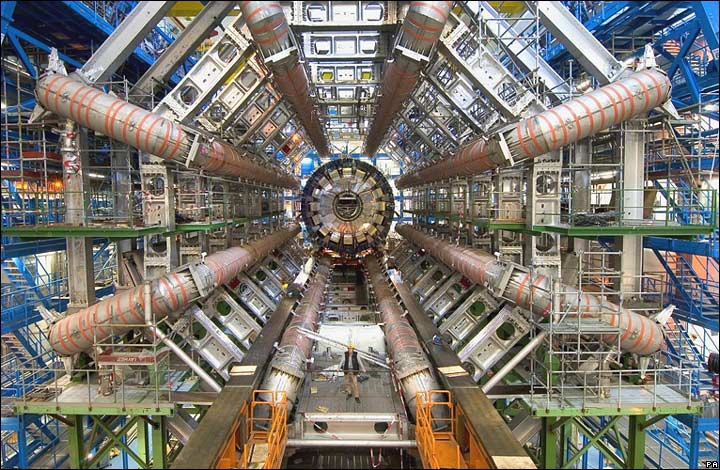News release
From:
1. Particle physics: A decade of Higgs boson research
Ten years after the first reported observation of the Higgs boson at the CERN Large Hadron Collider, the most up-to-date results of the properties of this elementary particle from the ATLAS and CMS collaborations are presented in two papers published Nature.
In July 2012, the ATLAS and CMS collaborations announced that they had found a particle with properties that matched those expected for the Higgs boson. Since then, more than 30 times as many Higgs bosons have been detected, offering the opportunity to verify if its behaviour matches up with the standard model of elementary particle physics.
The two collaborations present an analysis of data produced within Run 2 of the Large Hadron Collider (between 2015 and 2018) that involve production or decay of Higgs bosons. The key question investigated by the researchers is how the Higgs boson interacts with other elementary particles. According to the theory from the standard model of particle physics, the strength with which any particle interacts with the Higgs boson should be proportional to the particle mass. Ten years of data allow the two collaborations to estimate, within reasonable errors, the Higgs interaction with the heaviest known particles: top and bottom quarks, Z and W bosons and tau lepton. For all these particles the data fall precisely in line, within experimental errors, of the behaviour predicted by the standard model of elementary particle physics.
The progress made over the past decade is predicted to continue over the next one. Some of the key properties of the Higgs boson, such as coupling to itself or to lighter particles, remain to be measured and potentially reveal deviations from theory. However, the current dataset is expected to more than double during the next decade of research, which will help to improve our understanding of Higgs boson physics.
The progress made in the past decade, what remains to be established, and potential future explorations are discussed in a Perspective by Giulia Zanderighi and colleagues.



 International
International



